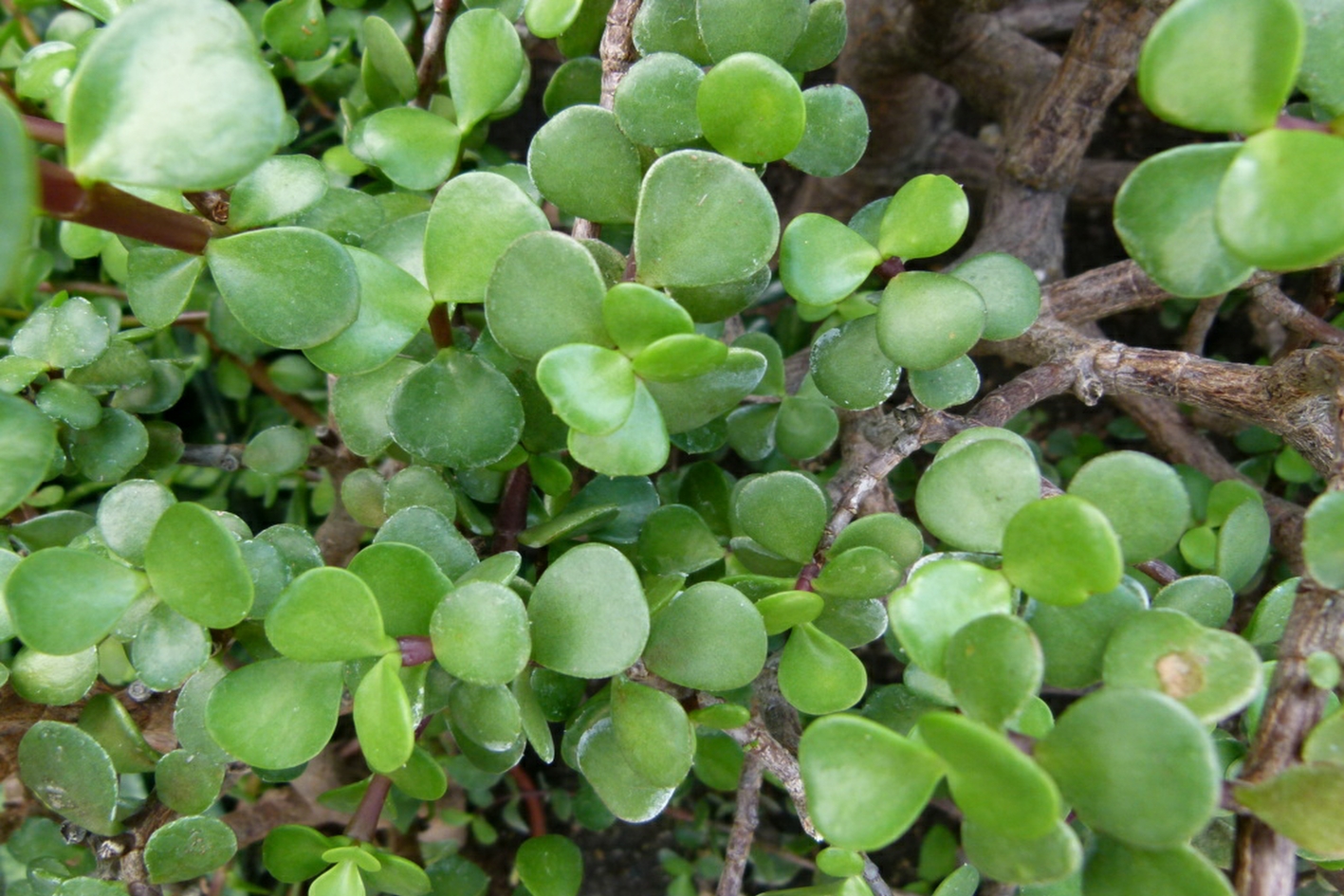
South Africa's miracle succulent
" In South African cuisine, Spekboom is also used to balance the richness of heavy stews or to bring brightness to a summer dish "
Spekboom (Portulacaria afra), often called the “Elephant Bush” or Dwarf Jade or PorkBush. The Afrikaans word spekboom directly translates to ‘bacon tree’ hence PorkBush.
This remarkable succulent is native to South Africa being indigenous to the Eastern Cape. Beyond its striking appearance, bright green, small-leaved with a contrasting red stem, and drought-resistance, this plant, often a sprawling shrub or small tree, is gaining global attention for its culinary uses, health benefits, and environmental potential.
It’s most attractive when in full bloom with a mass of soft pink nectar-rich flowers flourishing at the ends of the branchlets. After flowering, tiny papery three-winged fruits appear. Perfect photo opportunity.
A zesty culinary delight
Spekboom leaves are small, round, and juicy with a tangy, lemony flavour. Their taste changes as the sun rises and sets. During the day leaves have an acid flavour becoming less acidic towards the evening.
Traditionally, they have been nibbled on during hikes for refreshment. More recently, chefs and foragers are incorporating them into salads, smoothies, and garnishes. Their sharp, citrus-like bite adds a burst of flavour that pairs well with both sweet and savoury dishes.
In South African cuisine, Spekboom is also used to balance the richness of heavy stews or to bring brightness to a summer dish. Its edible leaves are completely safe and offer a refreshing alternative to more conventional greens.
Natural Health Benefits
Not just a tasty plant, Spekboom is packed with vitamin C, antioxidants, and other essential nutrients. The leaves have traditionally been used to treat dehydration, exhaustion, and even minor skin ailments like sunburn, insect bites and blisters. Thanks to its high moisture content, chewing the leaves can be hydrating in arid conditions.
Easy to grow, hard to kill
One of Spekboom’s greatest charms is how easy it is to care for. It thrives in sunny spots with well-drained soil and can handle periods of neglect. Ideal for both pots and gardens, it requires minimal watering and resists pests naturally. Its growth is quick. Propagation is as simple as planting a broken stem in soil! They work well as a bonsai.
A green powerhouse
Beyond its kitchen and medicinal uses, Spekboom is also a powerful carbon sponge. It can absorb more carbon dioxide per hectare than a rainforest. It plays a key role in restoring degraded landscapes in South Africa. It’s fantastic growth rate and drought-resistance, making it ideal for arid areas.
A plant with purpose
Spekboom is more than just a succulent. It’s a symbol of sustainable living. From sprucing up your plate to improving your health and purifying the air, it’s a must-have plant for the environmentally conscious and health-curious alike.
Nectar-rich flowers provide food for many insects which attracts insect loving birds. Endangered bees love them!
Prepared by a Chaîne News Online Staff Writer
Researched from various sources. E&OE